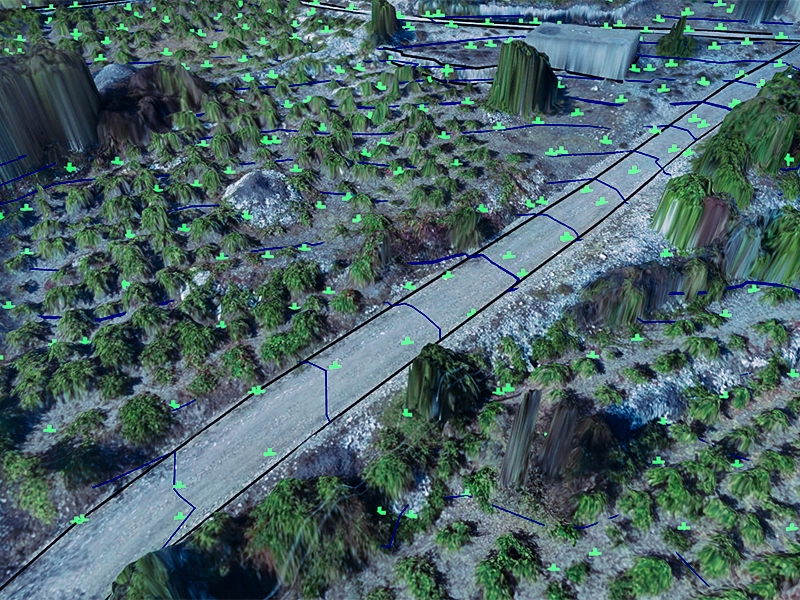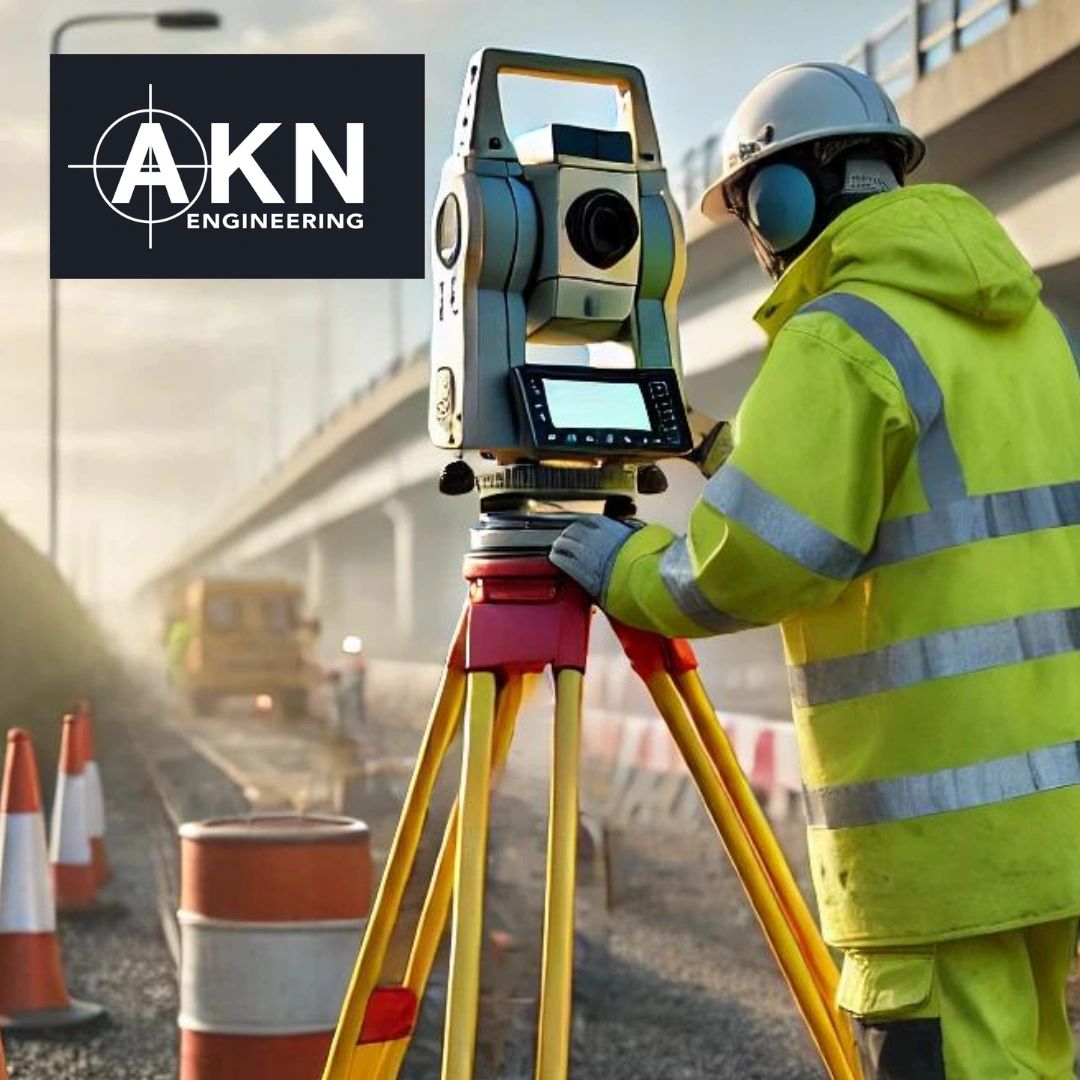Topographical Surveying: A Vital Tool for Civil Engineering and Urban Planning
Topographical Surveying: A Vital Tool for Civil Engineering and Urban Planning
Blog Article
Understanding the Basics of Laying Out Engineering for Accurate Building
Setting out engineering offers as the foundation of exact building, ensuring that every task straightens with its intended layout and specs. As we discover the ins and outs of setting out, it becomes evident that also small oversights can lead to significant ramifications.
Significance of Laying Out Engineering
Establishing out engineering is essentially essential in the building process, as it guarantees that frameworks are precisely placed according to design specifications. The precision of establishing out straight impacts the general integrity and functionality of the constructed environment. Any kind of discrepancies or mistakes during this stage can cause significant issues, such as misalignment, structural failure, or expensive rework.
Additionally, setting out design functions as a vital interaction device among different stakeholders, consisting of engineers, professionals, and architects. It provides a clear reference framework that guides the construction team throughout the project, thereby lessening the risk of misinterpretation and improving partnership. This procedure additionally assists in sticking to neighborhood codes and regulatory requirements, which are necessary for getting essential authorizations and authorizations.
Furthermore, efficient establishing out adds to predict efficiency by helping with accurate dimensions and lowering material wastage. By making certain that each component is precisely positioned from the outset, the likelihood of hold-ups and budget plan overruns is substantially lessened. In final thought, the importance of laying out design can not be overemphasized, as it is fundamental to attaining effective, certified, and lasting building and construction outcomes.
Key Concepts of Establishing Out
Exact implementation of laying out is controlled by a number of key principles that guarantee successful implementation in building tasks. Precision is essential; developing clear reference factors and lines of view is essential for minimizing errors. This involves using developed criteria and making certain that measurements are taken continually and precisely.
One more concept is comprehensive planning. A comprehensive establishing out strategy ought to account for all aspects of the layout, consisting of degrees, dimensions, and offsets. This insight alleviates inconsistencies throughout building and construction and enhances performance.
Effective communication among group members additionally plays an important duty. All stakeholders must be in positioning concerning the task requirements and establishing out procedures to prevent misconceptions that might lead to costly errors.
Furthermore, regular confirmation of dimensions and alignment helps preserve precision throughout the building process. This can involve regular checks versus existing website functions or recommendation points to ensure that the work continues to be real to the designated layout.
Tools and Devices Required

Basic tools consist of the overall terminal, which combines electronic theodolite and range measuring abilities, enabling exact angle and range measurements. Engineering surveys. In addition, a leveling tool, such as a laser degree or optical level, is essential for developing straight aircrafts and gradients
Measuring tapes, ranging from standard steel tapes to a lot more advanced electronic choices, supply essential capability for straightforward straight dimensions. Pen tools, including chalk lines and stakes, are essential for picturing referral points on-site.
In even more complicated jobs, GPS surveying devices can boost accuracy over larger distances, while 3D scanners can assist in confirming existing problems. Supporting tools such as plumb bobs and string lines are additionally essential for making sure upright placement and straight lines.
Inevitably, buying top quality tools and keeping them on a regular basis substantially contributes to the general success of laying out design, promoting a streamlined building process that sticks to make requirements.
Common Techniques for Accuracy
Achieving accuracy in setting out design needs the application of particular strategies that boost measurement accuracy. One of the fundamental techniques is triangulation, which utilizes the that site buildings of triangulars to identify locations with high accuracy. By measuring the sizes of two sides and the angle between them, engineers can accurately position factors on-site.
One more essential strategy is using progressing tools, such as laser levels or automated degrees. These tools provide a constant recommendation plane, making sure that all measurements are drawn from a common standard. Regular calibration of these instruments is essential to maintain their precision.

Difficulties and Solutions in Setting Out
Navigating the complexities of setting out design offers numerous challenges that can impact project end results. One significant challenge is the reliance on accurate dimensions and alignments; even minor errors can lead to considerable disparities in building and construction. Exterior like this elements such as ground conditions, weather, and site access additionally complicate the process, requiring versatile methods.
To deal with these difficulties, using sophisticated technology such as GPS and 3D modeling can improve precision and efficiency. These tools enable real-time information collection and monitoring, reducing human mistake and ensuring adherence to develop specifications. In addition, carrying out rigorous training programs for workers entailed in establishing out can cultivate a proficient workforce experienced at managing potential problems.
Establishing clear lines of communication among all stakeholders-- designers, property surveyors, and building groups-- guarantees that every person is straightened with the task goals and aware of any adjustments to the strategy. By embracing these remedies, professionals can dramatically boost the precision and reliability of setting out engineering practices.
Conclusion
In conclusion, understanding the basics of establishing out engineering is vital for achieving accuracy in building projects. Eventually, a strong structure in establishing out design contributes dramatically to the total integrity and effectiveness of construction end results.
Setting out design offers as the foundation of precise construction, ensuring that every job aligns with its intended design and specifications.Establishing out engineering is basically important in the building and construction procedure, as it guarantees that frameworks are precisely positioned according to create specifications. In conclusion, the relevance of establishing out engineering can not be overemphasized, as it is foundational to achieving successful, compliant, and lasting building and construction outcomes.

Report this page